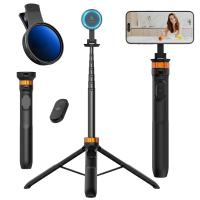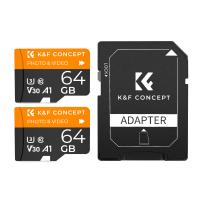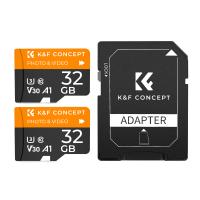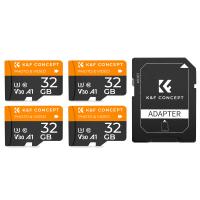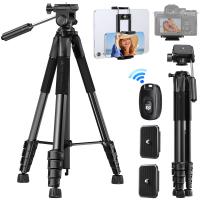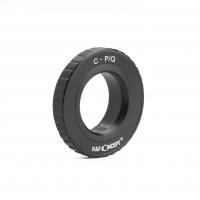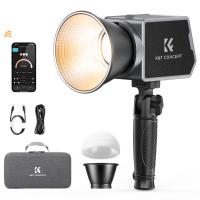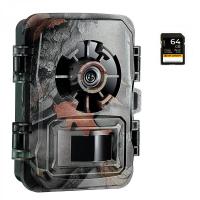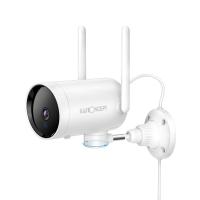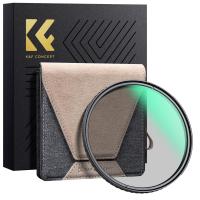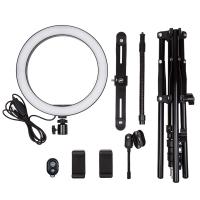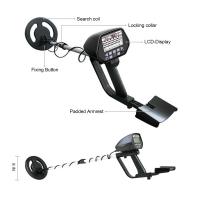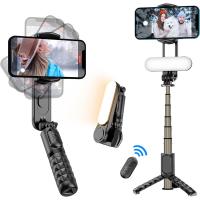How To Put Sd Card In Iphone 14?
The iPhone 14, like its predecessors, does not come with an SD card slot. This design choice by Apple has been consistent across all iPhone models, emphasizing the use of internal storage and cloud services for data management. However, many users still seek ways to expand their storage or transfer data using SD cards. This article will explore alternative methods to achieve these goals, providing practical solutions for iPhone 14 users.
Understanding the iPhone 14 Storage Options
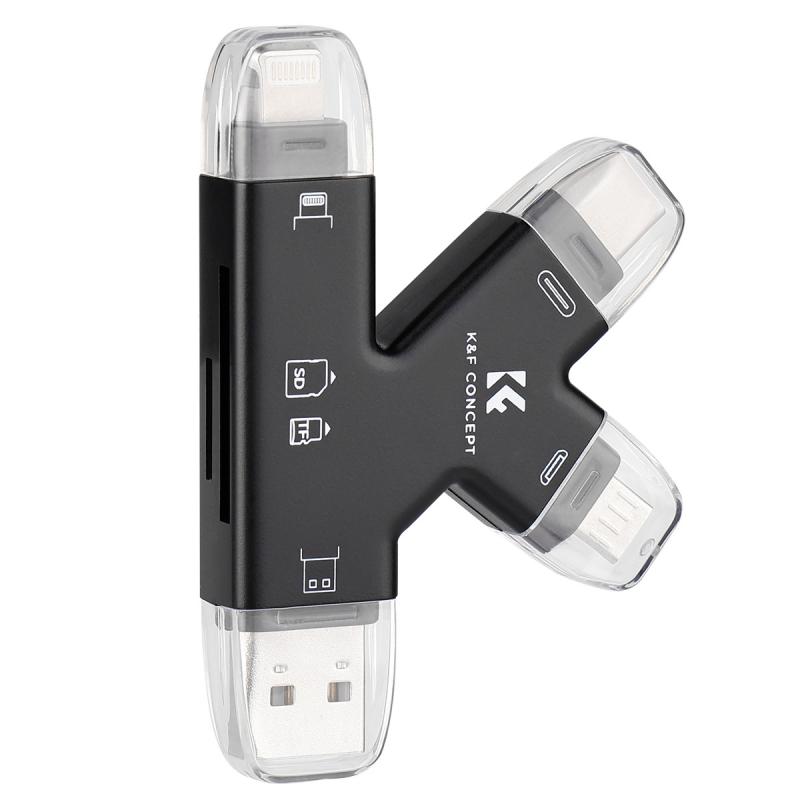
Before diving into the alternatives, it's essential to understand the storage options available for the iPhone 14. Apple offers the iPhone 14 in various storage capacities, typically ranging from 128GB to 1TB. This range caters to different user needs, from casual users who store minimal data to power users who require extensive storage for apps, photos, videos, and other files.
Why iPhone 14 Lacks an SD Card Slot
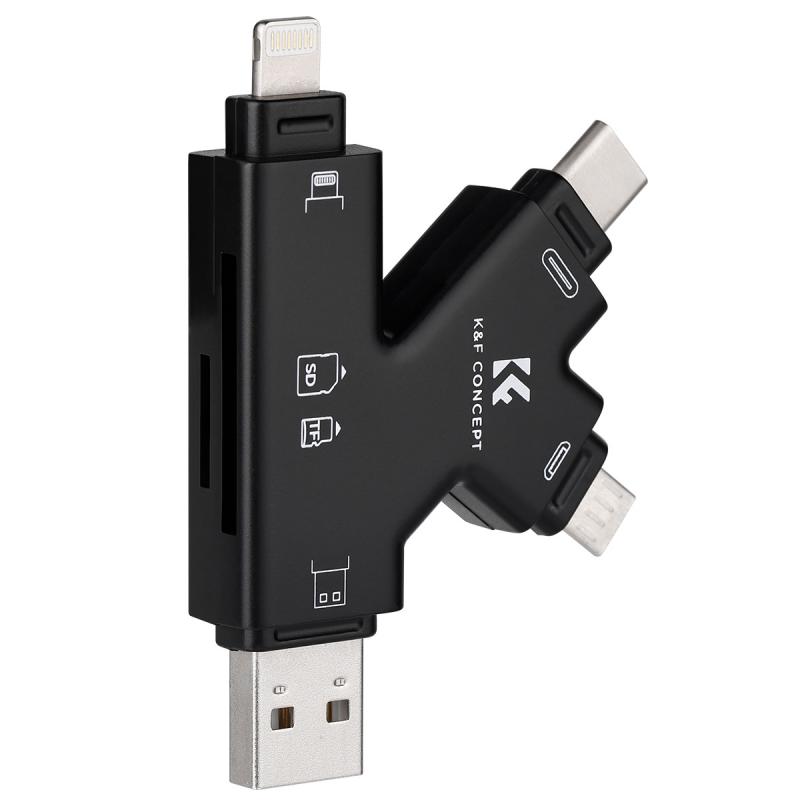
Apple's decision to exclude an SD card slot from the iPhone lineup is driven by several factors:
1. Design and Aesthetics: The absence of an SD card slot allows for a sleeker, more streamlined design.
2. Security: Internal storage is less prone to physical tampering and data corruption compared to removable storage.
3. Performance: Internal storage typically offers faster read/write speeds than SD cards, ensuring smoother performance.
4. Ecosystem Integration: Apple encourages the use of iCloud and other cloud services for data storage and backup, promoting a seamless experience across Apple devices.
Alternative Methods to Expand Storage and Transfer Data
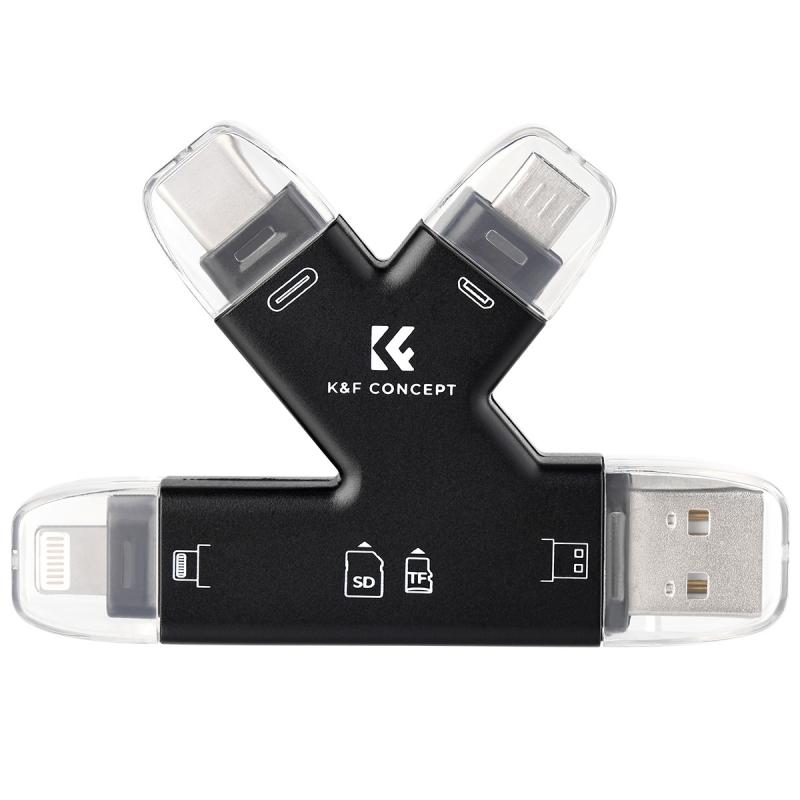
Despite the lack of an SD card slot, there are several ways to expand storage and transfer data on the iPhone 14:
1. Using External Storage Devices
External storage devices, such as flash drives and portable SSDs, can be connected to the iPhone 14 using a Lightning to USB adapter. These devices offer a convenient way to transfer files and expand storage without relying on an SD card. Here’s how to use them:
- Step 1: Purchase a Lightning to USB adapter compatible with your iPhone 14.
- Step 2: Connect the external storage device to the adapter.
- Step 3: Plug the adapter into the iPhone’s Lightning port.
- Step 4: Use the Files app on your iPhone to access and manage files on the external storage device.
2. Cloud Storage Services
Cloud storage services like iCloud, Google Drive, Dropbox, and OneDrive offer a seamless way to store and access files without the need for physical storage. These services provide various storage plans, allowing users to choose one that fits their needs. Here’s how to use cloud storage:
- Step 1: Sign up for a cloud storage service and choose a storage plan.
- Step 2: Download the corresponding app from the App Store.
- Step 3: Upload files to the cloud storage service using the app.
- Step 4: Access and manage your files from any device with internet connectivity.
3. Wireless Transfer Solutions
Wireless transfer solutions, such as AirDrop and Wi-Fi-enabled external drives, offer another way to transfer files without physical connections. These methods are particularly useful for transferring data between Apple devices or from an SD card to an iPhone. Here’s how to use them:
- AirDrop:
- Step 1: Ensure both devices (iPhone and the other Apple device) have AirDrop enabled.
- Step 2: Select the files you want to transfer and choose AirDrop as the sharing method.
- Step 3: Accept the transfer on the receiving device.
- Wi-Fi-enabled External Drives:
- Step 1: Purchase a Wi-Fi-enabled external drive.
- Step 2: Connect the drive to your Wi-Fi network.
- Step 3: Use the drive’s app to transfer files wirelessly to your iPhone.
4. Using a Computer as an Intermediary
If you have a computer, you can use it as an intermediary to transfer files from an SD card to your iPhone 14. Here’s how:
- Step 1: Insert the SD card into the computer’s card reader.
- Step 2: Transfer the files from the SD card to the computer.
- Step 3: Connect your iPhone to the computer using a USB cable.
- Step 4: Use iTunes (on Windows) or Finder (on macOS) to transfer the files from the computer to your iPhone.
Managing Storage on iPhone 14

In addition to expanding storage, managing the existing storage on your iPhone 14 is crucial to ensure optimal performance. Here are some tips for effective storage management:
1. Regularly Review and Delete Unnecessary Files
Periodically review your photos, videos, apps, and other files to delete those you no longer need. This practice helps free up valuable storage space.
2. Optimize Photo and Video Storage
Enable the “Optimize iPhone Storage” option in the Photos app settings. This feature stores full-resolution photos and videos in iCloud while keeping smaller, space-saving versions on your device.
3. Offload Unused Apps
iOS offers an “Offload Unused Apps” feature that automatically removes apps you rarely use while retaining their data. You can re-download the apps later without losing any information.
4. Clear Cache and Temporary Files
Apps often accumulate cache and temporary files that can take up significant storage space. Regularly clear these files to free up space. You can do this by going to Settings > General > iPhone Storage and selecting the app to clear its cache.
5. Use Streaming Services
Instead of downloading music, videos, and other media, consider using streaming services like Apple Music, Spotify, Netflix, and YouTube. Streaming reduces the need for large media files on your device.
While the iPhone 14 does not support SD cards, there are numerous alternative methods to expand storage and transfer data. By utilizing external storage devices, cloud services, wireless transfer solutions, and computers, users can effectively manage their data needs. Additionally, adopting good storage management practices ensures that your iPhone 14 remains efficient and clutter-free. Embracing these solutions allows you to make the most of your iPhone 14’s capabilities without the need for an SD card slot.



